[ad_1]
Pears are scrumptious fruits with a distinctive texture, nonetheless it is important to reap them and retailer them appropriately to know the right stability. It’s not so simple as gathering berries off the vine should you in all probability can merely see that they’re able to eat.
To make factors far more robust, there are two most vital varieties of pears rising throughout the USA, in virtually the same rising zones: European and Asian varieties. The tactic for gathering these fruits is completely fully fully totally different, even when the crops look the same.
This distinction makes identification terribly essential. Are you rising typical ‘Barlett’ or the favored ‘Asian Nijisseiki?’ You’ll ought to know before taking any first steps. Fortuitously, the technique is fairly easy as rapidly as you discover what you’re on the lookout for.
We’ll make sure you already know all the points relating to a very powerful distinction between pears, study the best way to take away them safely, and even study the best way to retailer them for most shelf life, texture, and elegance.
Seasonality of Pears
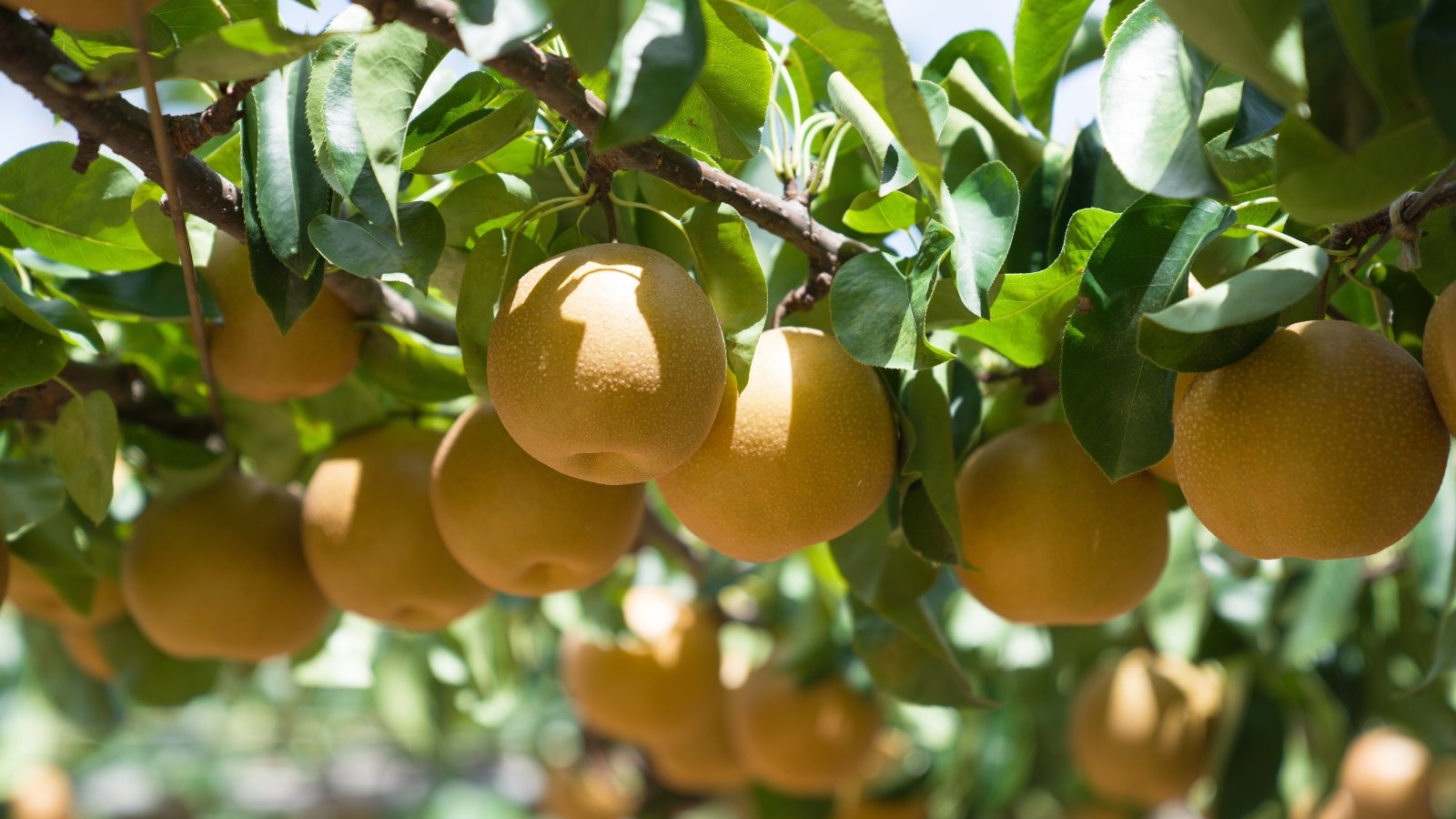

There are various of kinds of pears out there available on the market, they typically could all be prepared at fully fully totally different occasions. Broadly talking, they’re normally harvested as early as July and into October. Some timber produce even later into winter. Your rising house could have an effect on this time interval, too.
Inside the event you don’t take note when your tree was prepared final yr or if that is your first yr with a pear tree, analysis the fluctuate. This affords you an excellent suggestion of when to start out inspecting the fruit. They’re typically damaged into three classes: early season (summer time season season), mid-season (fall), and late season (winter).
Correctly-liked early season varieties embody ‘Summercrisp’ and ‘Southern Bartlett’. A few mid-season varieties are ‘Flemish Magnificence’ and ‘Pineapple’. Lastly, ‘Concorde’ and ‘Seckel’ are regular winter varieties.
Do you have to discover which form of tree you is maybe rising, you may also estimate when the fruit is maybe prepared primarily based completely on the quantity of days after full bloom. Make a note in your calendar when the tree blooms, and then you definitely positively positively’ll have a hard thought-about when it may presumably be harvest time.
For instance, Bartlett pears are normally prepared in about 110 to 133 days after full bloom. Bosc takes only a bit bit longer, someplace all through the 130 to 145 day fluctuate. Some Asian varieties are prepared about 120 days after full bloom, whereas others take nearer to 150 days.
Know Your Selection
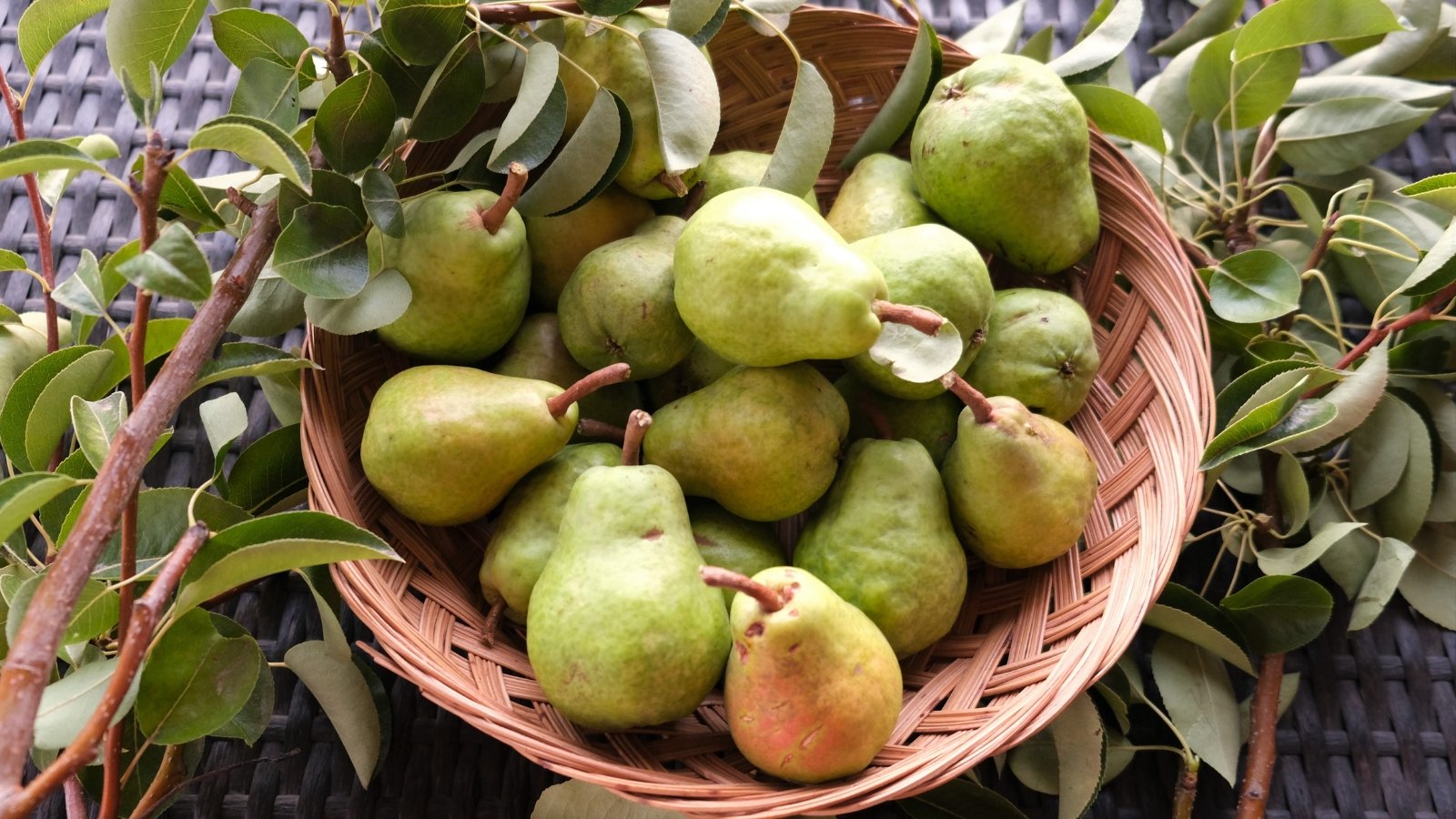

There are various regular kinds of pears, and figuring out numerous of their essential variations is foundational data that you simply simply want referring to how and when to reap appropriately. Although this isn’t at all times the case, commonest varieties fall into two classes: European (Pyrus communis) or Asian (Pyrus pyrifolia).
These two species are handled absolutely in any other case regarding reap season. Broadly, European varieties are picked before they’re ripe, and Asian varieties are left to ripen on the tree, then picked. Mistaking one for the opposite may presumably be a major mistake.
Quite a lot of examples of European varieties embody ‘Barlett,’ ‘Summercrisp,’ and ‘Moonglow.’ Quite a lot of examples of Asian varieties embody ‘Chojuro,’ ‘Nijisseiki,’ and ‘Shinseiki.’ Although they’re fully fully totally different species with fully fully totally different native origins, these timber have roughly the same care.
Each species are hardy in loads of the USA, roughly all by USDA hardiness zones 4 by way of 8, with P. pyrifolia actually solely laborious correct all the best way right down to zone 5. All of them favor full photograph voltaic, well-draining soil, and are related in peak.
Prior to going any additional, resolve which form of pears you is maybe rising. Irrespective of their commonalities, their variations can considerably have an effect on the storage life of your fruit.
Harvest European Pears Prior to Ripe
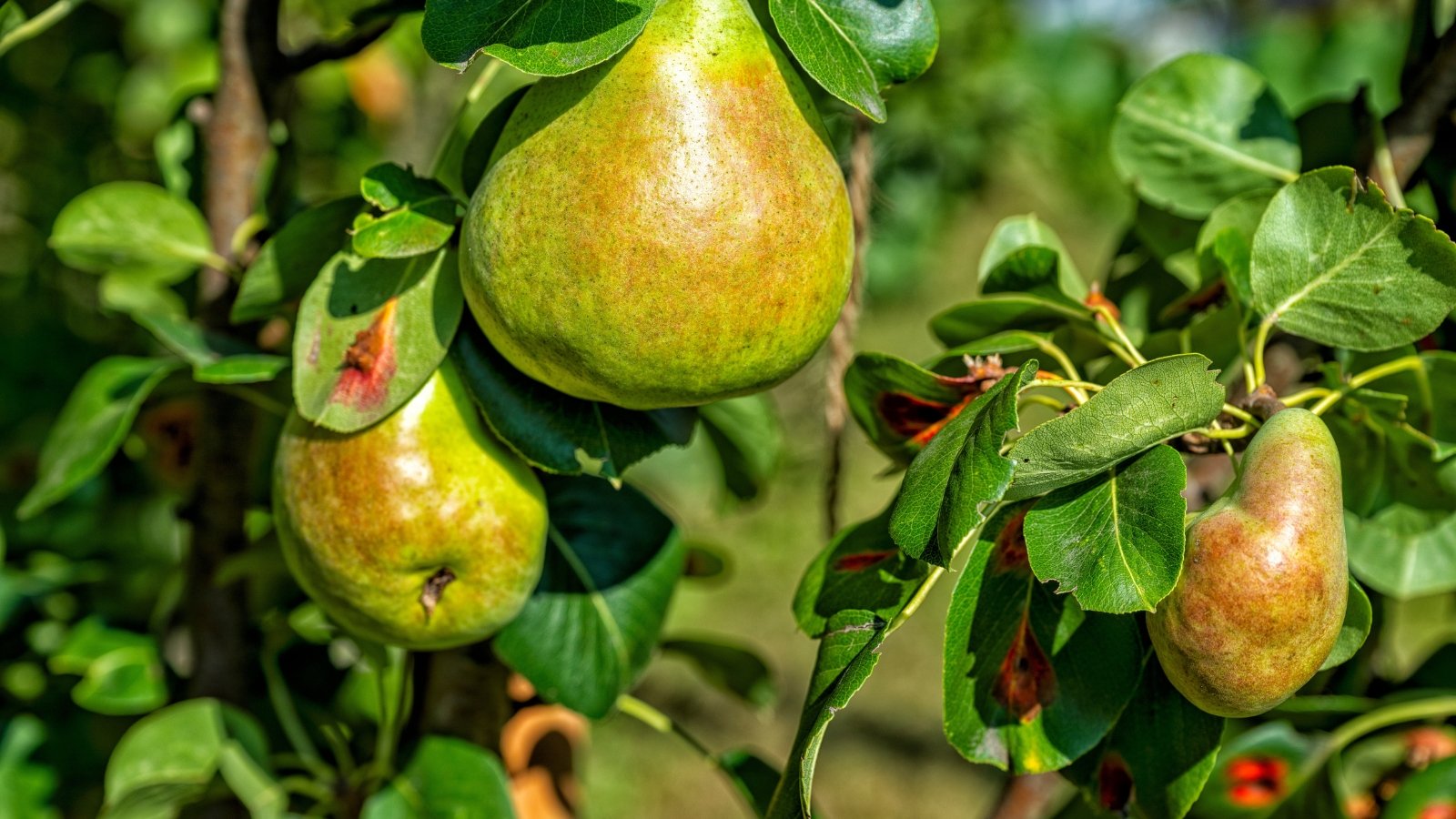

Deciding on a European pear on the precise appropriate time is hard. Fully ripe fruits don’t retailer for extended, so in case you wait till the fruit is completely ripe on the tree, you’ll solely have just a few days to eat it. Moreover, fruits that ripen on the tree are sometimes gritty in texture and subpar in fashion.
As a substitute, purchase these pears efficiently before they’re ripe. Among the many finest time is as soon as they’re merely beginning to alter from inexperienced to yellow, nonetheless before they’re fully yellow. They will nonetheless be firm presently, not tender.
Usually, there are small dots on the pores and pores and pores and skin, which ought to be altering from white to brown. One totally different signal that they’re able to assemble is that their pores and pores and pores and skin smooths out and turns into considerably waxy to the contact.
You possibly have a small quantity, you in all probability can depart them in your countertop, they typically’ll ripen over the following week or so. Ideally, the temperature ought to be between 60 and 70°F (16-21°C), so frequent room temperature works.
You possibly have a large quantity, you in all probability can preserve them in chilly storage, the place they will preserve of their present state for just a few months. The temperature ought to be spherical 32-35°F (0-2°C). It’s advisable use your fridge for this course of.
Take away your unripe pears from chilly storage as you please, transferring them to the kitchen counter the place they will want one totally different 7-10 days before sustaining peak temperature and elegance. Fruits is maybe fully ripe when fully yellow and a tiny bit tender to the contact.
Let Asian Pears Ripen On the Tree
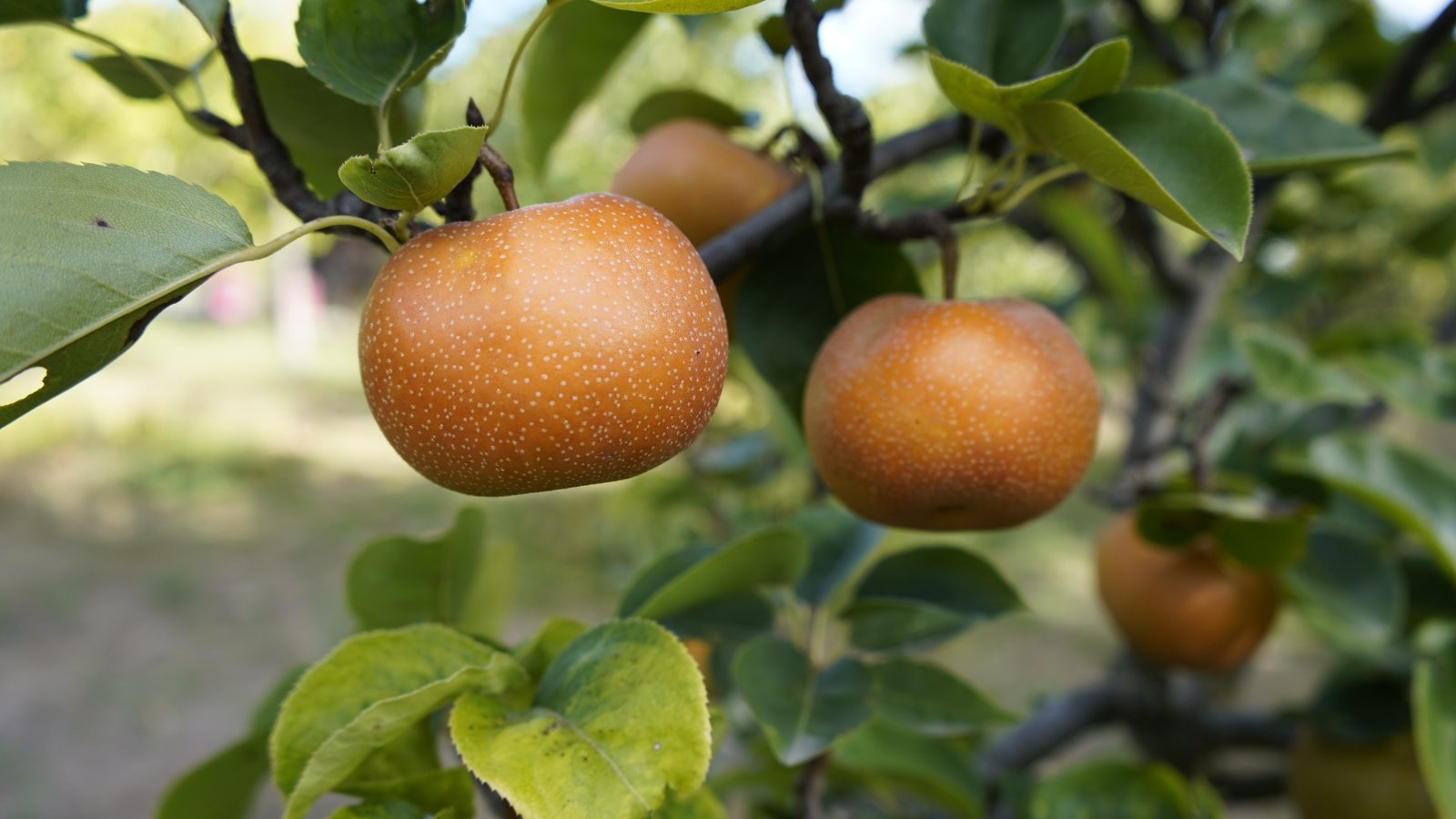

With regards to Asian varieties, a very fully fully totally different method is essential. These fruits ought to positively be left on the tree till fully ripe. There are two most vital indicators that they’re prepared: shade and magnificence.
First, begin with shade. Most Asian pears will emerge inexperienced and fade to yellow, although there’s some alternative between cultivars. When you see a fruit with fully yellow pores and pores and pores and skin (or no matter shade the pores and pores and pores and skin is supposed to be to your alternative), give it a way.
If the fruit is candy and crunchy with out being too laborious to chew, then it’s ripe. When you’ve discovered one ripe fruit, you in all probability can assume the others on the identical shade stage are furthermore prepared. You do should take a bit little little bit of a guess correct proper right here, on account of it’s attainable that you simply simply’ll waste a pear if it’s not nonetheless candy sufficient.
Asian varieties will final about every week on the countertop at room temperature. You can even retailer them all through the fridge for numerous months, nonetheless their fashion could strengthen over time. Some describe their fashion as wine-like when allowed to retailer for too extended.
How one can Harvest
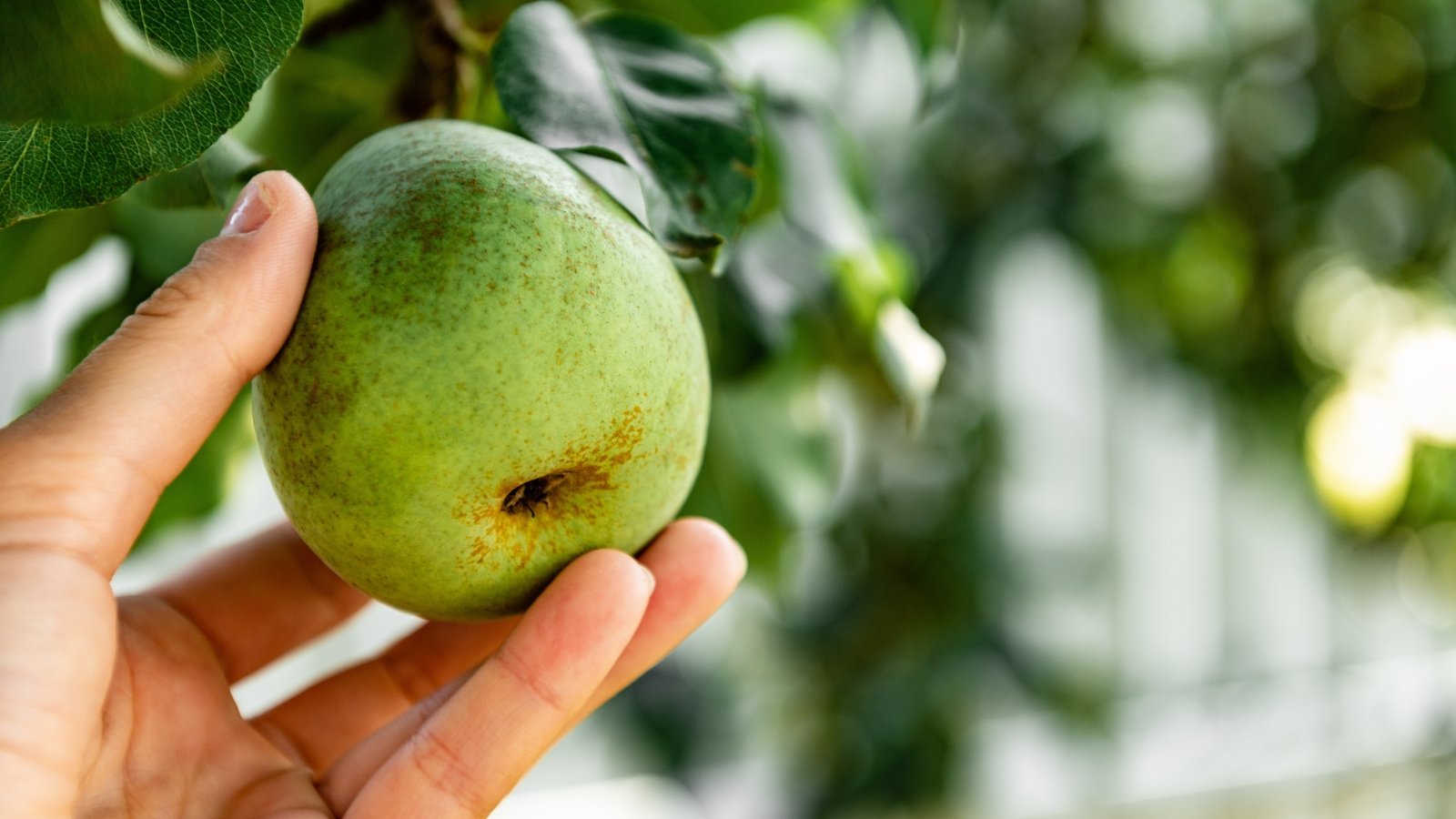

Lastly harvesting the fruits of your labor is thrilling, nonetheless in case you method this course of too aggressively, chances are high excessive you might harm the tree. Avoid the temptation to easily yank pears off the tree. This would possibly harm the division and even set off unripe people to interrupt off.
As a substitute, gently grasp the fruit and twist. Proceed to roll it in your hand till the stem gently severs from the division. This will likely more and more assist you to purchase the fruit with out risking any of the others spherical it, which can be very essential if there’s nonetheless a ton of fruit in your tree.
Inside the event you twist the fruit and uncover that it doesn’t merely snap, then it will not be going to be prepared nonetheless. This generally is a important concern to notice. When fully totally different indicators akin to shade are unclear, an efficient strategy to inform if a pear is mature or not is to flip it horizontally to see if it rapidly snaps. If its stem doesn’t break, then it’s not mature. That is the case for each European and Asian varieties. The pears ought to simply snap off as quickly as they’re able to reap.
When gathering, watch out to not bruise or puncture the fruit, which may set off them to decay shortly. Attempt to not scrape the pores and pores and pores and skin alongside collectively along with your nails, and don’t toss the fruit correct proper right into a basket. It’s potential you might be considering that only a bit bruise correct proper right here and there doesn’t bother you, nonetheless the problem is bigger than aesthetic.
Bruises and nicks are what give plant pathogens entry to the fruit. Since pears are left in storage for because of this truth extended, there’s a major window of time by which pathogens can take preserve. You don’t wish to provide them an easy entryway with a bruise, too.
Security will even be a priority when harvesting from timber. These timber can get surprisingly tall. European varieties have a tendency to attain 40 to 50 toes in peak, whereas Asian varieties normally attain 30 to 40 toes in peak. Extendable fruit picker gadgets can actually develop to be useful. You can even use these gadgets to decrease picked fruit correct proper right into a basket as an alternative of dropping them, which may bruise the pears.
Inside the event you’re utilizing a ladder, adjust to ladder security. Ensure that the ladder is protected, defend three parts of contact on the ladder, and at all times be sure somebody is there to look at you and customary the ladder if wanted.
Storage Concepts
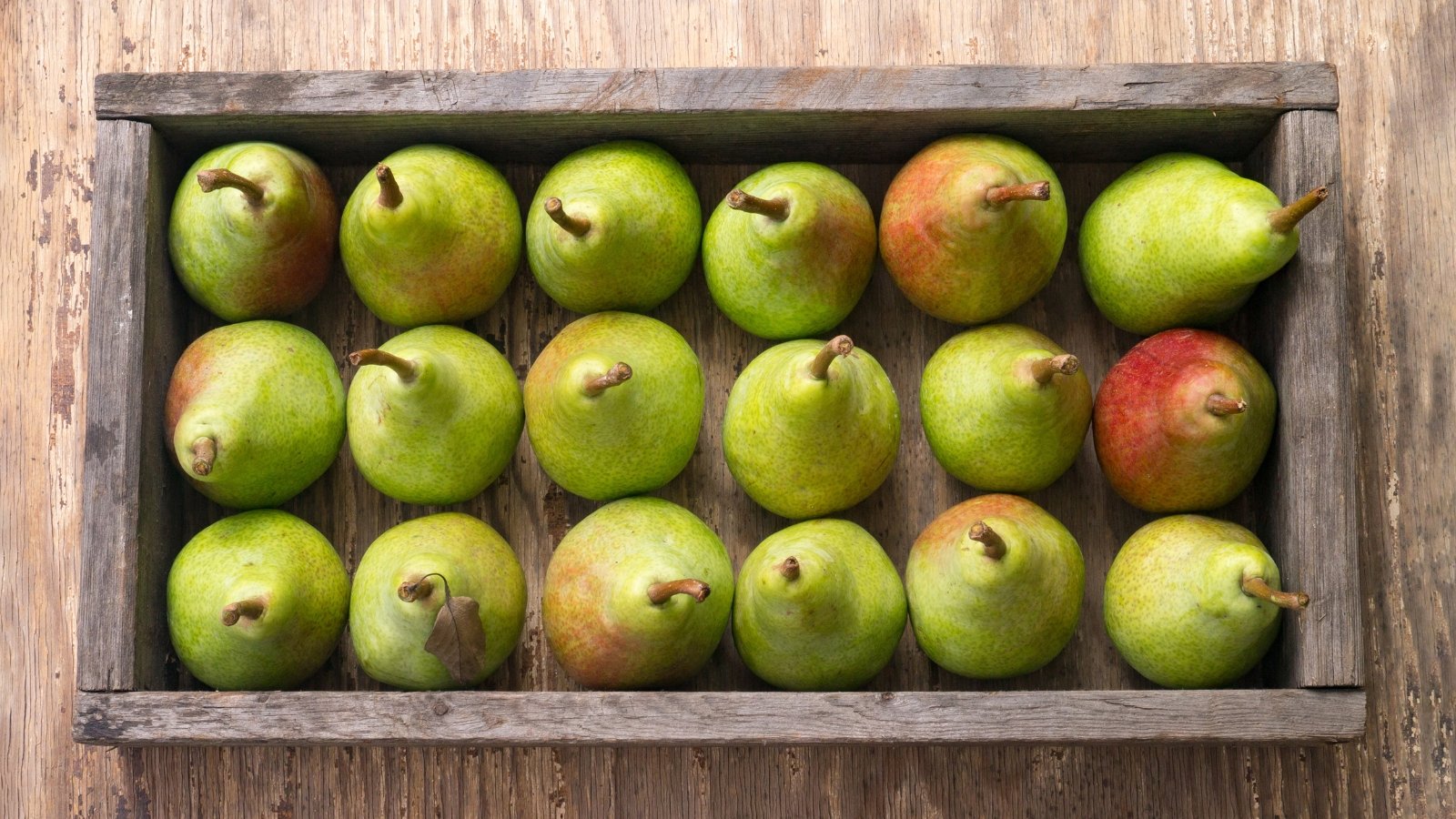

When storing, be sure the fruits have the finest air circulation attainable. If nothing else, this may an increasing number of recommend giving every fruit its non-public house as an alternative of stacking them on prime of one another. This will likely more and more gradual the ripening course of and will stop bruising.
Avoid storing with fully totally different ethylene-producing fruits, like apples, which may actually set off them to ripen after which decay sooner. However, in case you may need your pears on the counter and need them to mature sooner, then do preserve them subsequent to related fruit.
Extra fruits together with pears and apples that produce ethylene fuel embody avocados, bananas, mangos, melons, and tomatoes. Retaining these fruits away from one another will permit them to retailer efficiently for an extended time interval. They could even set off the decay of leafy greens.
Consider freezing your extra fruit in case you may need a whole lot of it. It is potential you may merely place them all through the freezer entire, in any other case you in all probability can peel and reduce them first. These fruits could efficiently, permitting you to maintain up them in long-term storage.
[ad_2]
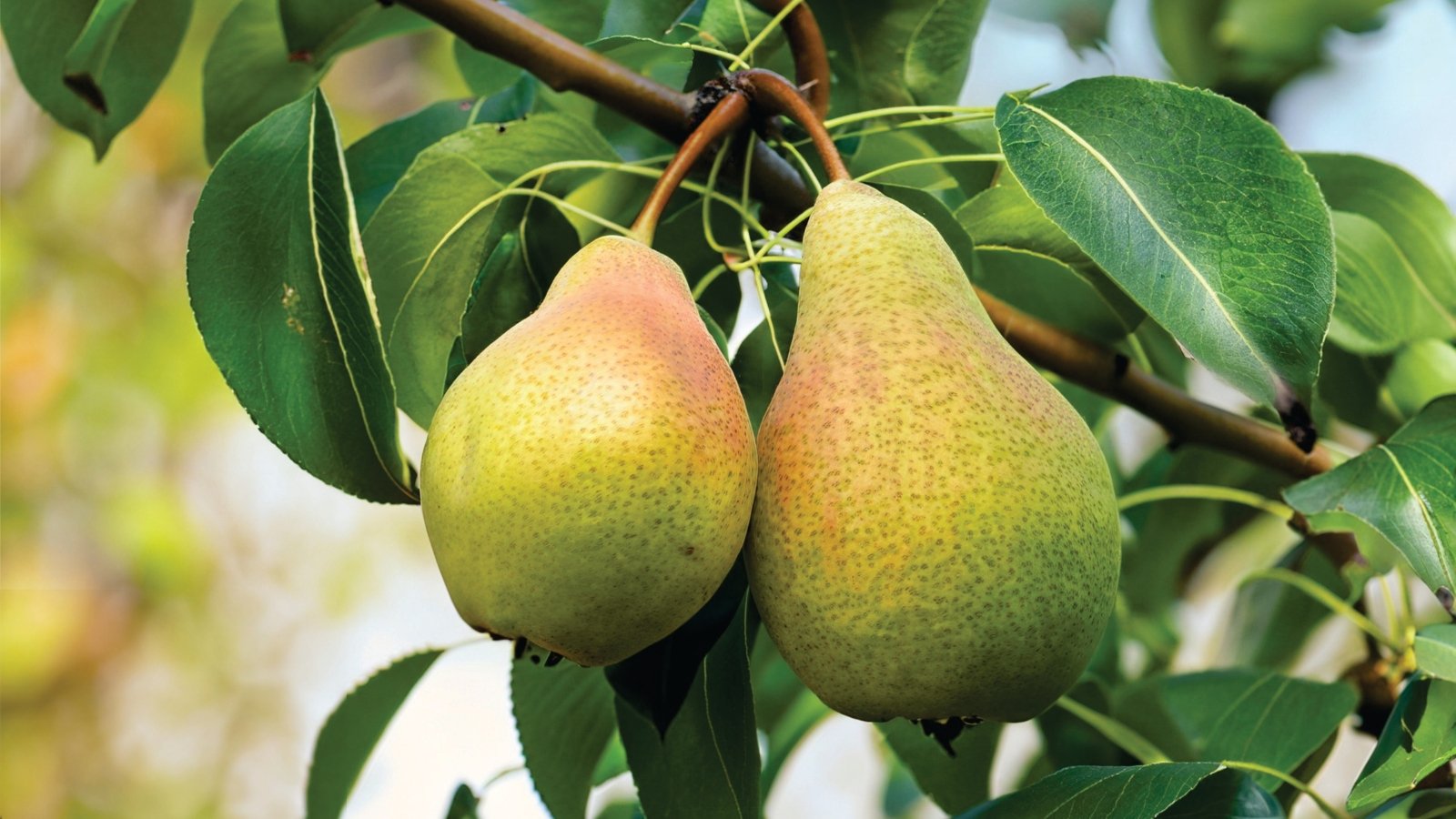
This guide makes it easier to distinguish between the two pear types and their specific care needs. The emphasis on proper handling during harvest is crucial, as it can prevent damage and extend shelf life.
The article does a great job of explaining how to properly handle pears during harvesting without causing harm. The clear instructions about temperature preferences for storage were especially useful for someone new to gardening.
I found the information about harvesting times quite enlightening, especially regarding how to identify when pears are ripe. The details on different varieties help clarify what to look for when managing a pear tree in my garden.
The section on storage tips is particularly helpful. It’s interesting to learn how ethylene-producing fruits affect pears. I didn’t realize that stacking them could lead to bruising and quicker decay. Thanks for the information!
This article provides valuable insights into the differences between European and Asian pears. Understanding the correct harvesting techniques can significantly impact the quality of the fruit. I appreciate the detailed explanations offered.